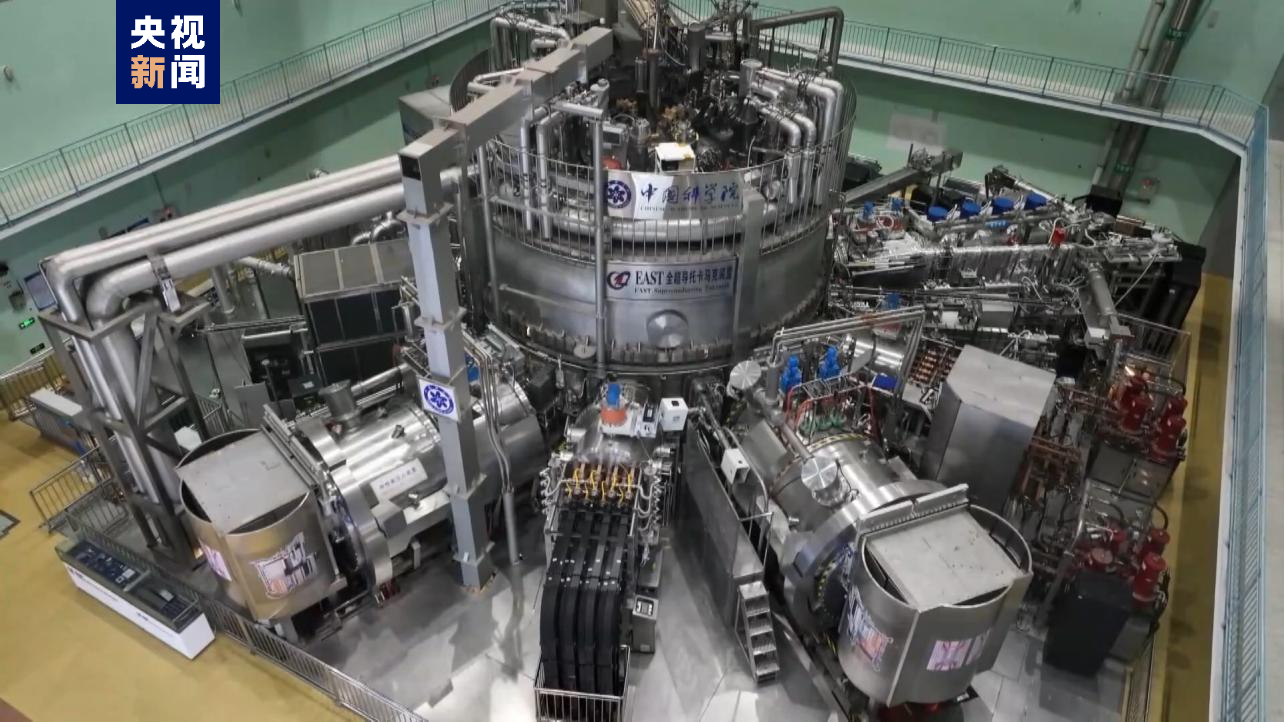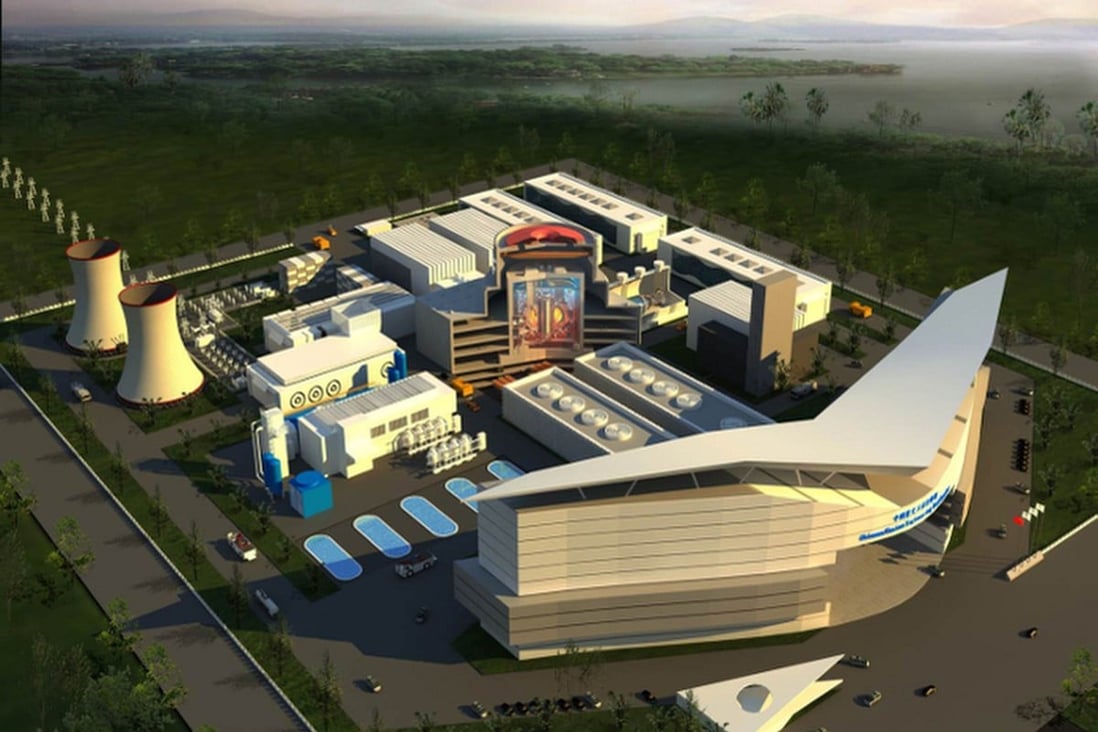China’s “artificial sun” broke all records as it generated extremely hot plasma for seven minutes on the night of April 12. The artificial sun project is based on nuclear fusion, giving China an unlimited energy source without generating residual waste.
Nuclear fusion is based on the idea that energy can be released by forcing atomic nuclei together rather than separating them, as in the fission reactions that powers the existing nuclear power plants.
In a breakthrough, the Experimental Advanced Superconducting Tokamak (EAST) in the eastern Chinese city of Hefei produced and maintained plasma for 403 seconds, beating its own previous record of 101 seconds set in 2017, CGTN reported.
The report noted that the quantum leap was achieved after more than 120,000 runs. The recent achievement represents another significant step towards developing highly effective, reasonably priced thermonuclear fusion reactors.
Moreover, it is expected to serve as a crucial experimental foundation for the International Thermonuclear Experimental Reactor’s operation and China’s independent development and operation of fusion reactors.
The ultimate objective of EAST, based at the Institute of Plasma Physics under the Chinese Academy of Sciences (ASIPP) in Hefei, is to produce nuclear fusion similar to that of the Sun using materials abundant in the sea to offer a continual stream of clean energy.
In an exclusive interview with Xinhua, ASIPP director Song Yuntao stated that the main significance of this breakthrough lies in the high confinement mode. He claimed that high confinement plasma operation significantly boosted particle temperature and density, laying the groundwork for future fusion power plants to generate more electricity cheaply and efficiently.

According to Yuntao, the effort established a strong foundation for enhancing the technological and financial viability of fusion reactors.
In January 2022, the country set another record when it superheated a loop of plasma to temperatures five times hotter than the sun for more than 17 minutes. At the time, the EAST nuclear fusion reactor sustained a temperature of 158 million degrees Fahrenheit (70 million degrees Celsius) for 1,056 seconds.
In January this year, the Hefei Institutes of Physical Science, Chinese Academy of Sciences (CAS) announced that a breakthrough demonstration of a new plasma operation scenario called Super I-Mode was made on the Experimental Advanced Superconducting Tokamak (EAST).
By using magnetic fields to heat a plasma-charged gas made up of free-moving electrons and hydrogen ions to a temperature of 70 million degrees Celsius, the record-breaking run was able to hold high energy both at the plasma edge and further inside the plasma.
The “artificial sun” uses raw elements virtually limitless on Earth, unlike fossil fuels like coal, oil, and natural gas, which are in short supply and have significant adverse environmental effects. Fusion energy is regarded as the “ultimate energy” for the future of humanity because it is safer and cleaner.
Artificial Suns On Earth
For more than 70 years, researchers have worked to harness the power of nuclear fusion, which stars, including the sun, use to burn.
So-called main-sequence stars may produce massive amounts of energy without emitting greenhouse gases or long-lasting radioactive waste by fusing hydrogen atoms to create helium at extremely high pressures and temperatures. But it’s difficult to duplicate the circumstances inside the star’s cores.
The tokamak, the most popular type of fusion reactor, operates by heating plasma to a very high temperature (one of the four states of matter, composed of positive ions and negatively charged free electrons), then confining it inside a reactor chamber with strong magnetic fields.

While the scientists are working on it, how to handle plasma hot enough to fuse has proven to be one of the major roadblocks. Since they are supposed to function at considerably lower pressures than where fusion naturally occurs inside the cores of stars, fusion reactors have to run at extremely high temperatures – several times hotter than the sun.
The technically difficult element is finding a technique to confine the plasma to prevent it from burning through the reactor walls (with lasers or magnetic fields) without destroying the fusion process. Cooking the plasma to temperatures higher than the sun is comparatively simple.
According to a Chinese state media report, one of the most promising routes to controlled nuclear fusion is EAST, which started running in 2006. It conducted more than 120,000 experiments to reach the latest milestone. Since it began operating, the EAST has served as a free testing ground for Chinese and foreign scientists to conduct fusion-related experiments and research.
China is also a member of the world’s largest fusion reactor, dubbed the International Thermonuclear Experimental Reactor, which is currently under development in France.

Aimed at building the world’s first fusion demonstration reactor, China has completed the engineering design of the future China Fusion Engineering Test Reactor (CFETR), which is seen as a next-generation artificial sun.
Once completed around 2035, CFETR will produce massive heat with a peak power output of up to two gigawatts.
- Contact the author at sakshi.tiwari9555@gmail.com
- Follow EurAsian Times on Google News




